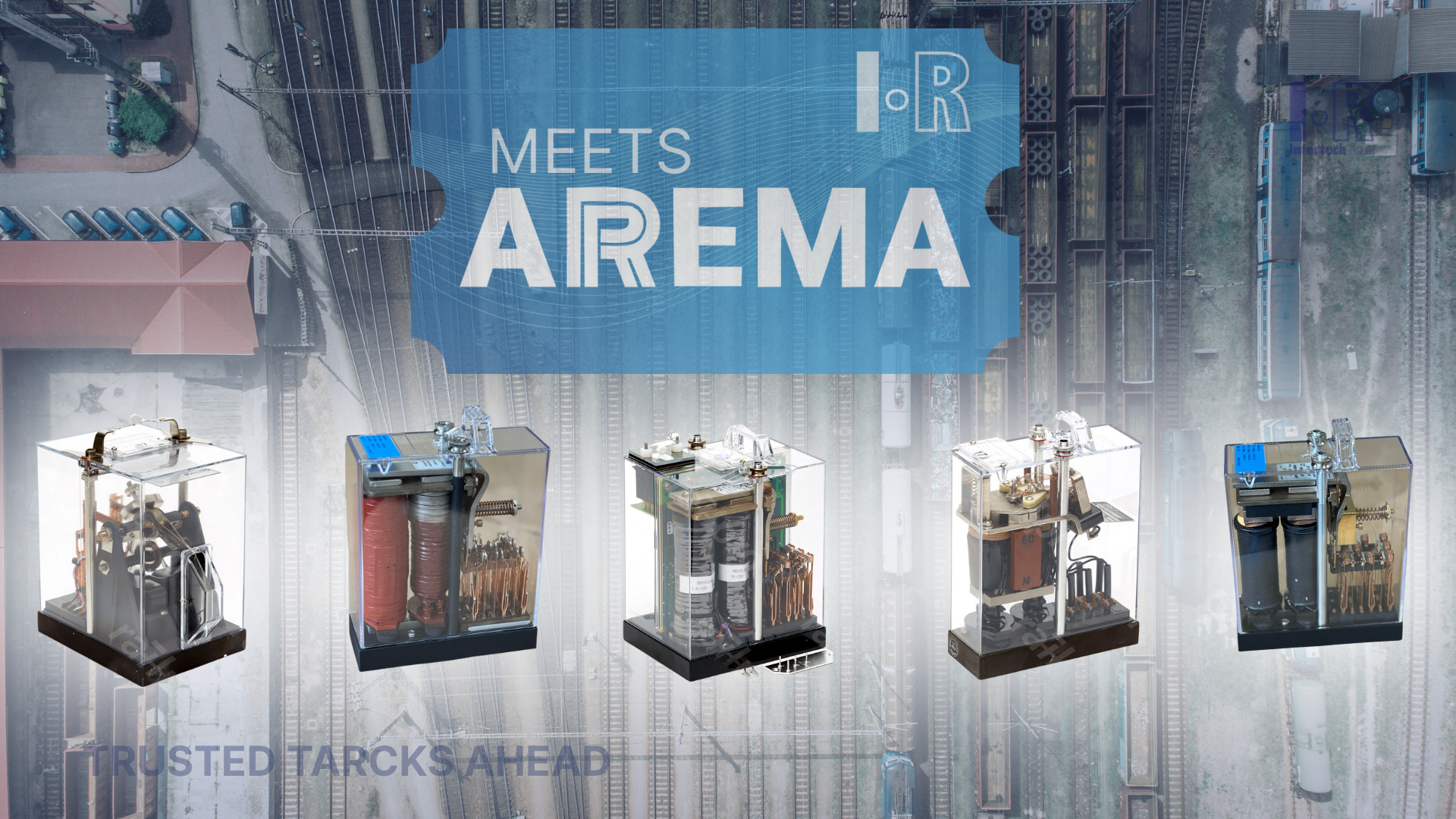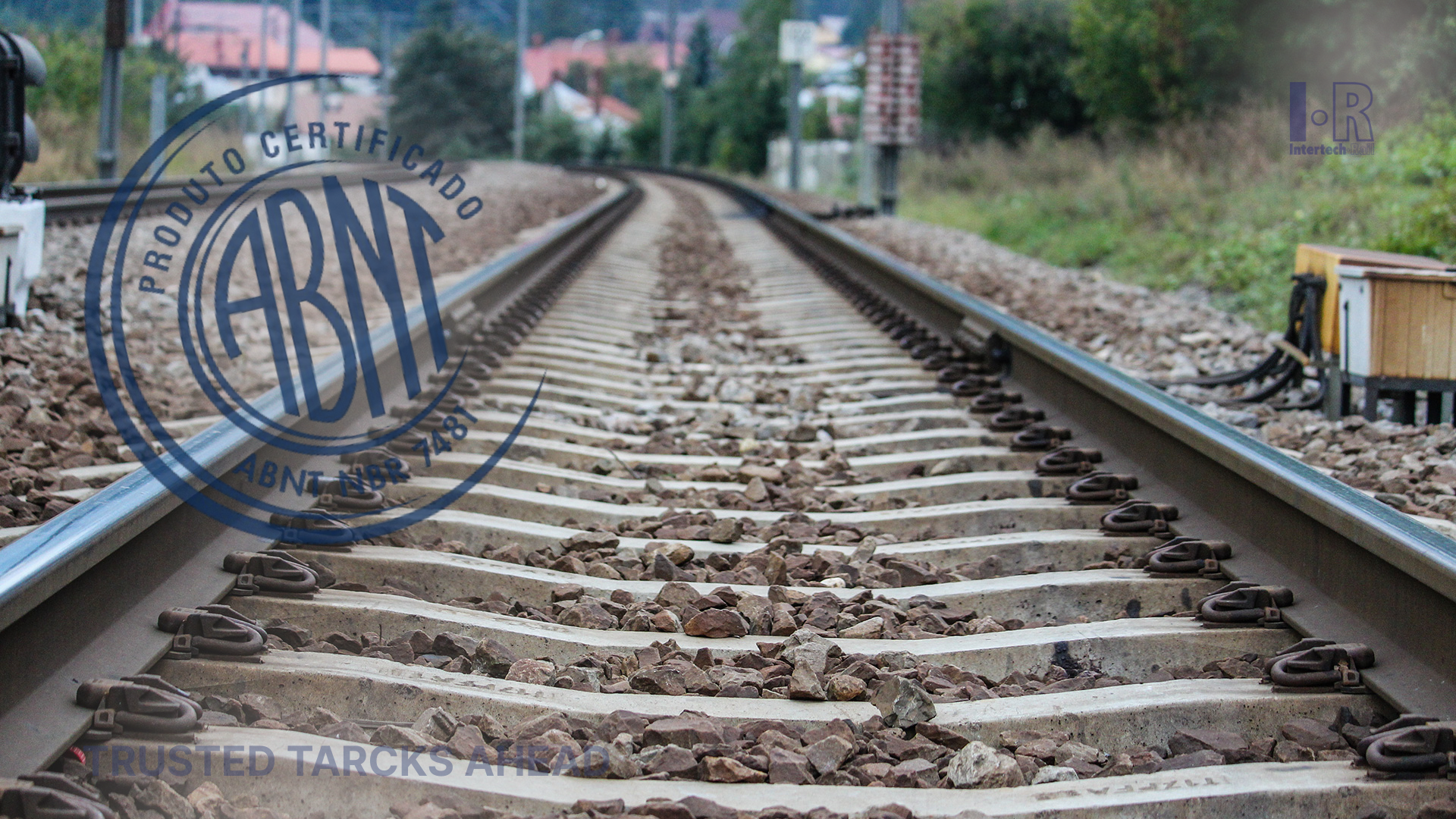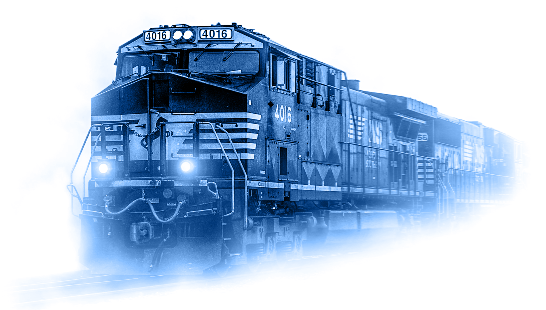Interlocking System for RAIL Application
Rail signaling is a critical aspect of railway safety. It is a complex system that is designed to ensure that trains operate safely and efficiently. One important component of rail signaling is the interlocking system. In this article, we will discuss what an interlocking system is, how it works, and why it is essential to the safety of the rail system.
What is an Interlocking System?
An interlocking system is a safety mechanism used in rail signaling that prevents conflicting train movements. It is essentially a set of controls that coordinate
signals,
switches, and
track circuits to ensure that trains operate safely on a rail network. The interlocking system uses logic to prevent trains from entering sections of track that are already occupied by other trains or that have conflicting routes.
How does the Interlocking System work?
The interlocking system works by monitoring the position of trains on the track and the position of switches and signals. It does this by using track circuits, which are
electrical circuits that are installed along the railway tracks. The circuits are activated when a train passes over them, and they send a signal to the interlocking system, indicating the location of the train.
The interlocking system uses this information to control the signals and switches along the track. It ensures that trains are only allowed to enter sections of track that are clear and that the route is set correctly for the train's intended destination. If there is a conflict between trains or if a train is approaching a section of track that is already occupied, the interlocking system will prevent the train from proceeding until the conflict is resolved.
Why is the Interlocking System important?
The interlocking system is essential to the safety of the rail network. It helps to prevent
accidents and
collisions by ensuring that trains do not enter sections of track that are already occupied. Without the interlocking system, it would be impossible to coordinate train movements safely, and there would be a much higher risk of accidents and collisions.
The interlocking system also helps to improve the efficiency of the rail network. By coordinating train movements, it ensures that trains can operate at the maximum safe speed, reducing delays and improving the overall performance of the rail system.
In the previous article we did explain how the
Fail Safe Relays still plays a major role to help build the Interlock System in Rail Application.




1501 Venera ave Suite 320A Coral Gables, FL 33146
+55 11 985974011 (Brazil)
+1 614 302 1900 (USA)
Intertech Rail 2024 - All Rights Reserved





